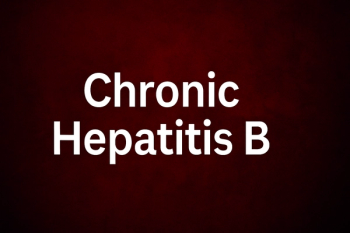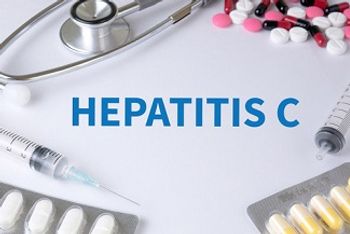
Sepsis Responsible for Nearly a Quarter of Maternal Deaths
Study investigators assessed the nationwide incidence of sepsis within 42 days of delivery discharge.
Tomorrow is World Sepsis Day and a recent report published in
Investigators from the University of Michigan analyzed National Readmissions Database data from 2013-2016 in order to assess the nationwide incidence and outcomes of maternal sepsis. They used all-payer hospital discharge data from 27 states, representing more than half of the US population. This methodology also allowed for the measurement of readmissions even across insurance changes.
The investigators wrote that they limited the scope of their analysis to include multiple live-birth and stillbirth delivery hospitalizations (excluding ectopic or molar pregnancies and abortions) and only looked at births from January to October to allow for a 42-day follow up through each year of data. The World Health Organization definition for maternal sepsis allows for a 42-day window, they explained.
The investigators found cases of sepsis using the diagnosis codes and classified maternal sepsis as occurring during delivery hospitalization or during a readmission within 42 days of delivery discharge. Additionally, maternal deaths were considered sepsis-related in the analysis if they occurred during a sepsis-related hospitalization.
The study authors identified nearly 6 million delivery hospitalizations with discharges between January and October, of which about a third were cesarean. Of those, 2905 deliveries were complicated by sepsis: half of which were complicated during delivery hospitalization and half occurred following the delivery discharge, the investigators learned.
“For me, the most surprising findings are: a) half of maternal sepsis occurred in the postpartum period up to 42-days after discharge from the hospital; and b) sepsis was associated with approximately 1 in 4 maternal in-hospital deaths,” study author Matthew K. Hensley, MD, MPH, from the Department of Internal Medicine at the University of Michigan, Ann Arbor, told Contagion®. “We can only say sepsis was associated with these deaths (i.e. we did not have cause of death information), but it is important to note how common sepsis is in pregnant women and may be preventable, particularly in the postpartum period.”
Compared to maternal sepsis during delivery hospitalization, maternal sepsis after delivery discharge occurred in women with fewer comorbidities. These incidences were less frequently associated with C-section deliveries, but had a higher percentage of acute kidney dysfunction, and had a lower percentage of genitourinary infection, the investigators explained.
The study authors found 408 delivery hospitalizations that were followed by maternal death: about 75% during delivery hospitalization and the remainder after delivery discharge. There were 95 maternal deaths that were classified as sepsis-related. Of those, 17.3% occurred during delivery hospitalization and 38.1% occurred after delivery discharge, according to the report.
“Identifying sepsis in pregnant women is often difficult because of vital sign changes that occur as a normal part of pregnancy and during childbirth,” Hensley continued. “As a multi-disciplinary team, primary care providers along with OB/GYN providers will likely be more aware of this condition and its implications in maternal morbidity and mortality. Remaining vigilant, particularly during the postpartum period is a must as we all strive to improve the care and health of our patients.”
The findings in their study highlight the importance of sepsis in maternal mortality, especially after discharge, the study authors concluded.
Newsletter
Stay ahead of emerging infectious disease threats with expert insights and breaking research. Subscribe now to get updates delivered straight to your inbox.

















































































































































































































































































































